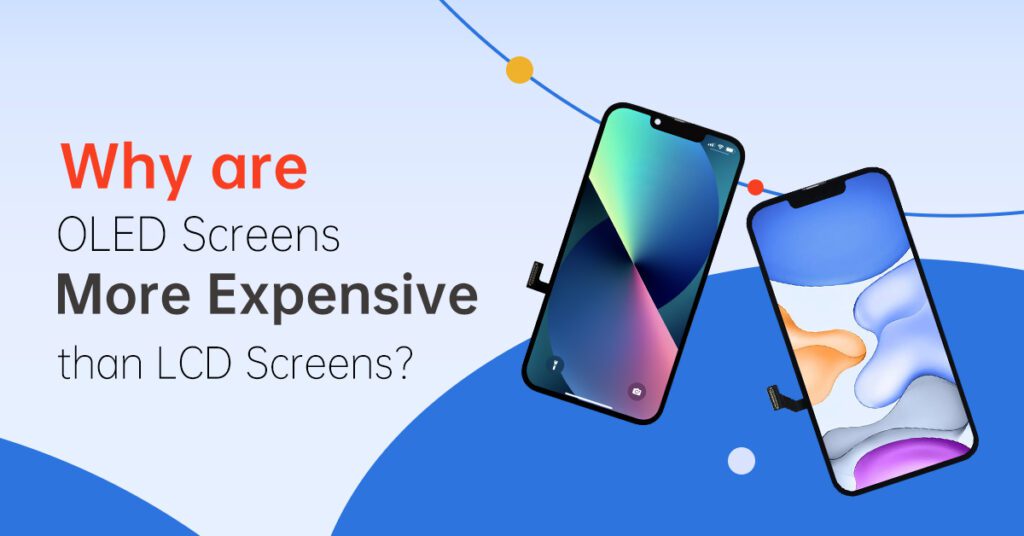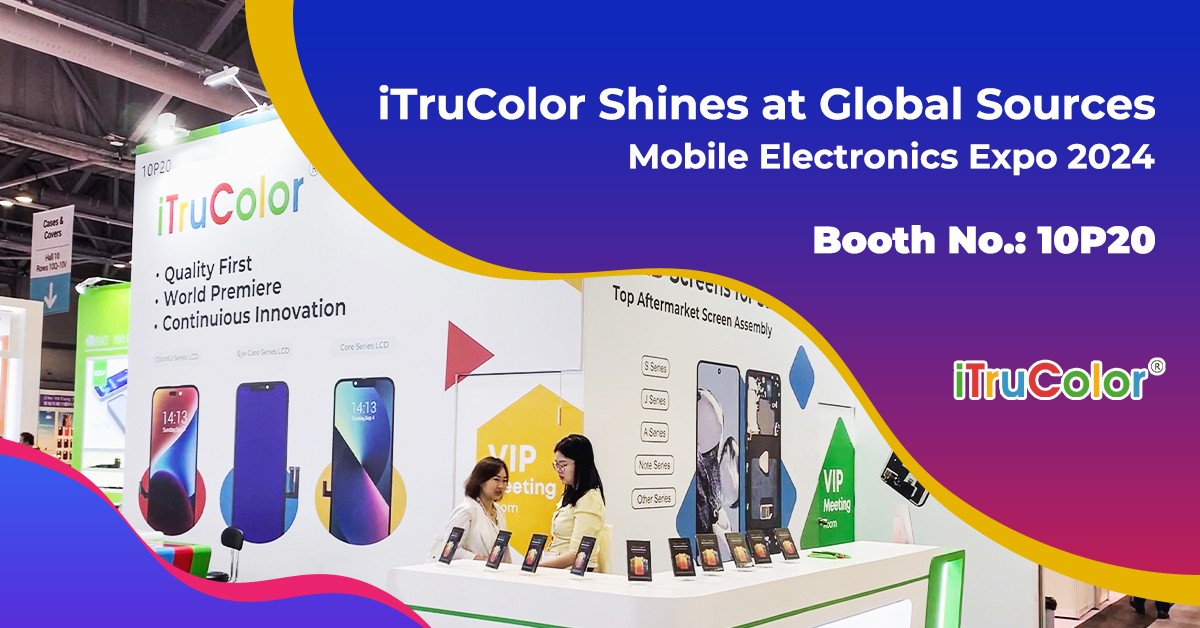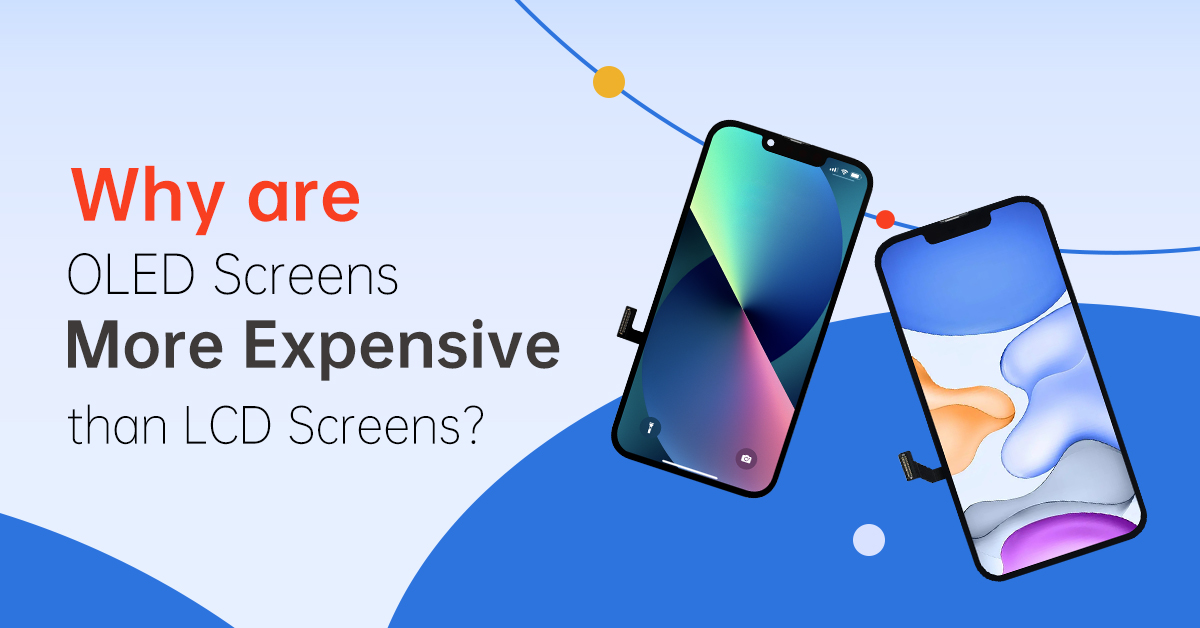

Introduction:
In today’s electronic market, we often hear about OLED (Organic Light-Emitting Diode) screens and LCD (Liquid Crystal Display) screens. However, why are OLED screens more expensive than LCD screens? This article aims to explore the reasons behind the higher price of OLED screens.
Difference between OLED and LCD Screens:
OLED and LCD are two different display technologies. OLED screens are composed of organic light-emitting materials, while LCD screens use liquid crystal technology. These technologies differ in structure and working principles. (Further details on their differences can be found in the link provided).
Reasons for Higher Price of OLED Screens:
Difference in Thickness:
OLED screens are thinner compared to LCD screens. This is because the structure of OLED screens is simpler and does not require a backlight module, allowing for a thinner design. However, this also increases production costs as it requires more delicate manufacturing processes and special materials.
Difference in Form:
OLED screens provide better contrast and color reproduction due to their self-emitting nature. When all diodes are turned off, OLED screens can display true black, while LCD screens require a backlight and can only achieve a dark gray color. This superior display performance of OLED screens contributes to their higher cost.
Difference in Contrast Ratio:
OLED screens provide better contrast and color reproduction due to their self-emitting nature. When all diodes are turned off, OLED screens can display true black, while LCD screens require a backlight and can only achieve a dark gray color. This superior display performance of OLED screens contributes to their higher cost.
Difference in Power Efficiency:
OLED screens can individually control the illumination of each pixel, resulting in power savings when displaying black or dark content. On the other hand, LCD screens require continuous backlighting, making it challenging to achieve pixel-level energy control. Although OLED screens have an advantage in power efficiency, it also adds to the manufacturing cost.
Limitations of OLED Screens:
Despite their advantages, OLED screens have some limitations. Some OLED screens use Pulse Width Modulation (PWM) dimming, which may cause screen flickering, especially at low brightness levels. This screen flickering can cause discomfort and potential eye strain.
Conclusion:
In conclusion, the higher price of OLED screens compared to LCD screens is due to their unique advantages. These advantages include high brightness, high efficiency, wide viewing angles, self-emitting capability, solid-state construction, ultra-thin and lightweight design, fast response time, and the ability to create displays in different shapes. Additionally, ITC Company specializes in iPhone LCD supply, offering high-quality products with an excellent reputation in the industry. If you are interested in purchasing an iPhone OLED screen, please contact us!







